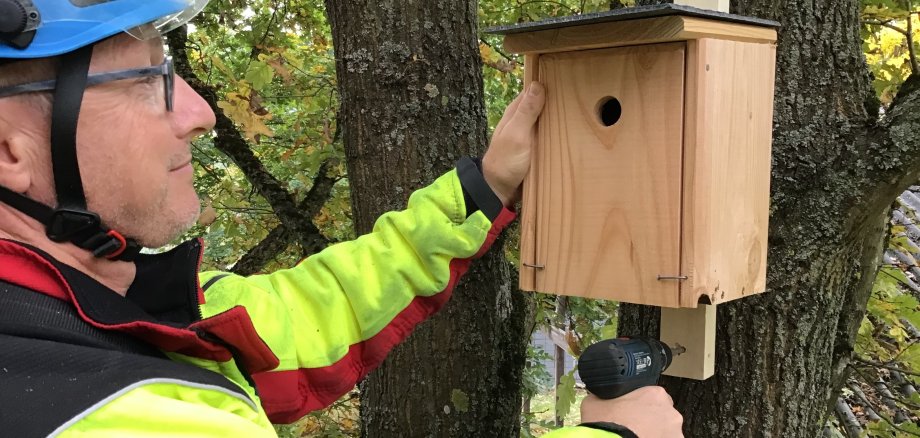More nature conservation in the community of Konz
Nest boxes, habitat trees and flower meadows for more biodiversity
The first nest box is attached. And there are many more to come. The boxes for birds get a place at certain oaks in the community. The goal is not just to create habitat for birds, but ultimately to combat the oak processionary moth - in a completely natural way.
The oak processionary moth has caused a stir in recent years. The hairs of the larvae of this insect can cause severe skin or eye irritation. Even small leftovers on the floor can be dangerous for us humans. In addition to the usual methods, the association is now using the natural enemy of the oak processionary moth to combat it: the titmouse.
"In the next few weeks we will install 100 nesting boxes for birds that the Konz self-help workshop built. This is intended to attract tits that eat the larvae of the pest,” says Felix Kraft. He is an engineer for gardening and landscaping in the relevant civil engineering department. The nesting boxes are attached to hotspots for the processionary moth, for example in Konz-Roscheid "Am Sprung".
And it is not only here that the association of municipalities has nature and species protection in mind. “Citizens keep asking us about certain trees that look dead or almost dead. They want to know why we don't just get rid of them entirely. Instead, we often only cut these trees back to the trunk,” says Felix Kraft and explains the procedure: These are habitat trees.
They grow crooked or with strange shapes on the bark. Sometimes they are actually dead. "But they are important for the environment," says Kraft. "The trees provide a habitat for many animals, plants or microorganisms." For example, woodpeckers build their holes in such trees. And these burrows are also used by other animals. Bats can be new tenants, but so can squirrels and wild bees.
So that citizens can recognize these trees, the municipal administration marks them with a sign. Habitat trees can be found, for example, at the railway overpass at Karthaus train station and in the “Waldfrieden” burial forest in Roscheid.
Another project for more nature conservation are the flower meadows, which provide a habitat for many animals. In recent years, the administration has ensured that these meadows can now be found on an area of around 9,000 square meters.
In summer they bloom beautifully in a wide variety of colors and at the same time contribute to biodiversity. Butterflies, hedgehogs and bees are happy about the new areas, for example in Roscheid at the cemetery or at the mouth of the Saar. "And even when the meadows have faded, they are not mown immediately. Because they still offer food and shelter to many microorganisms and birds,” says Felix Kraft.
Mayor Joachim Weber is proud of the nature projects in the community. "Perhaps the administration can also be a role model," he says.
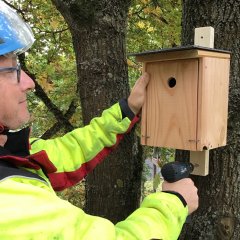 © VG Conc
© VG Conc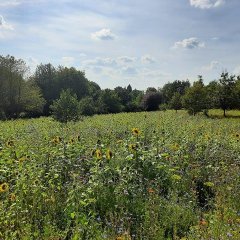 © VG Conc
© VG Conc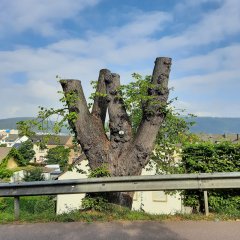 © VG Conc
© VG Conc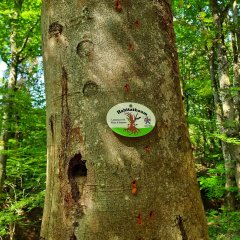 © VG Conc
© VG Conc

